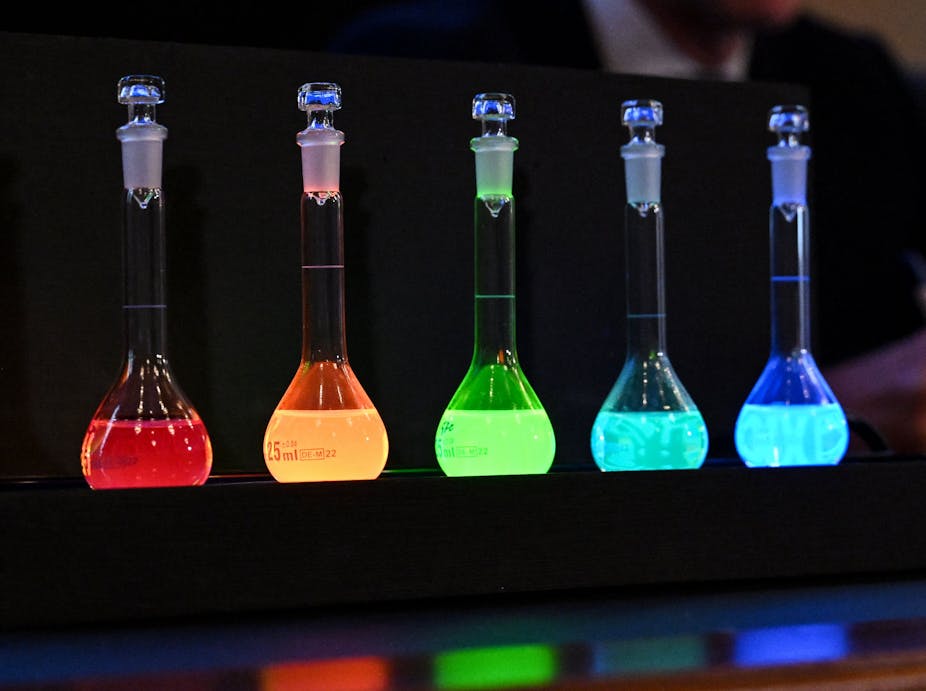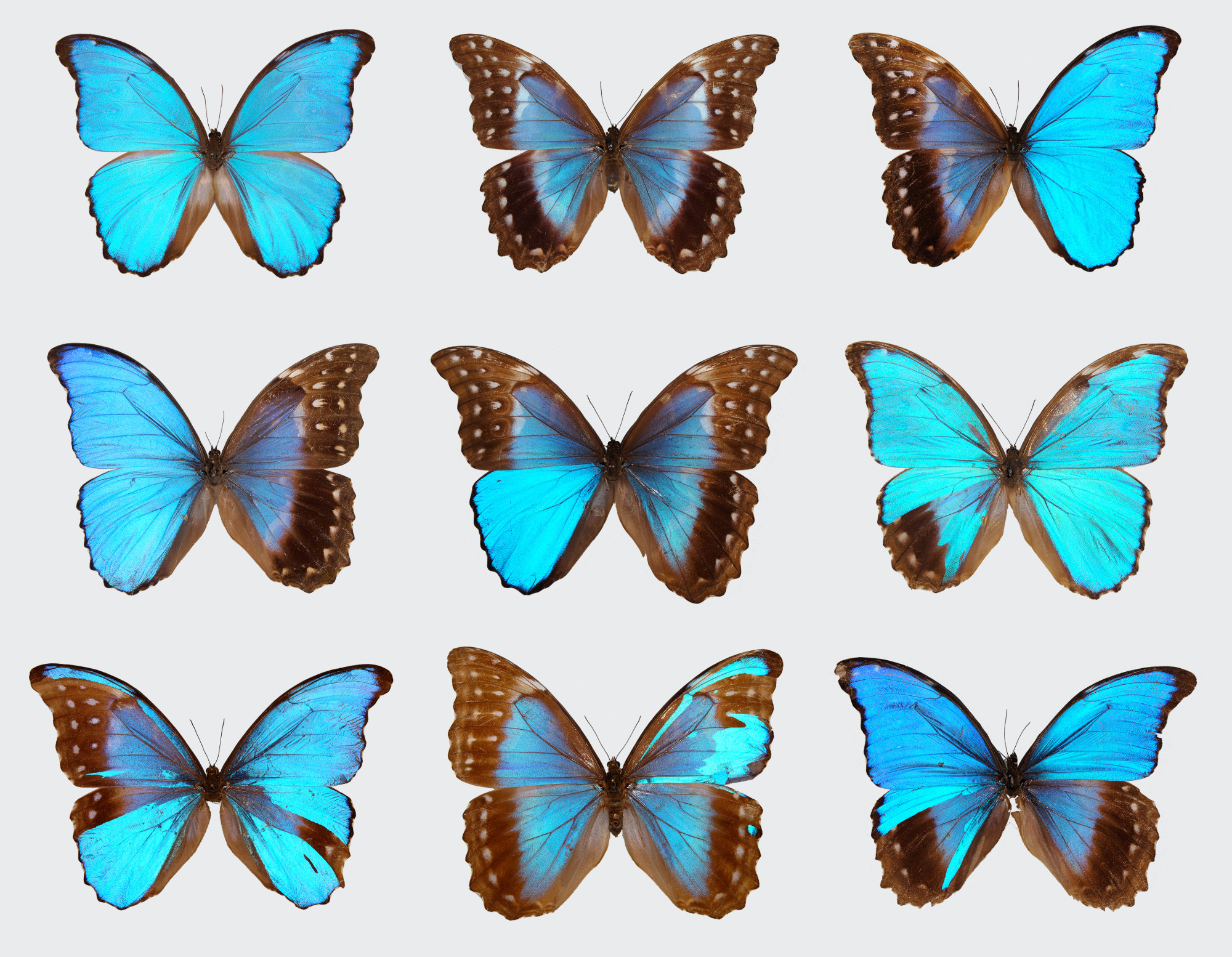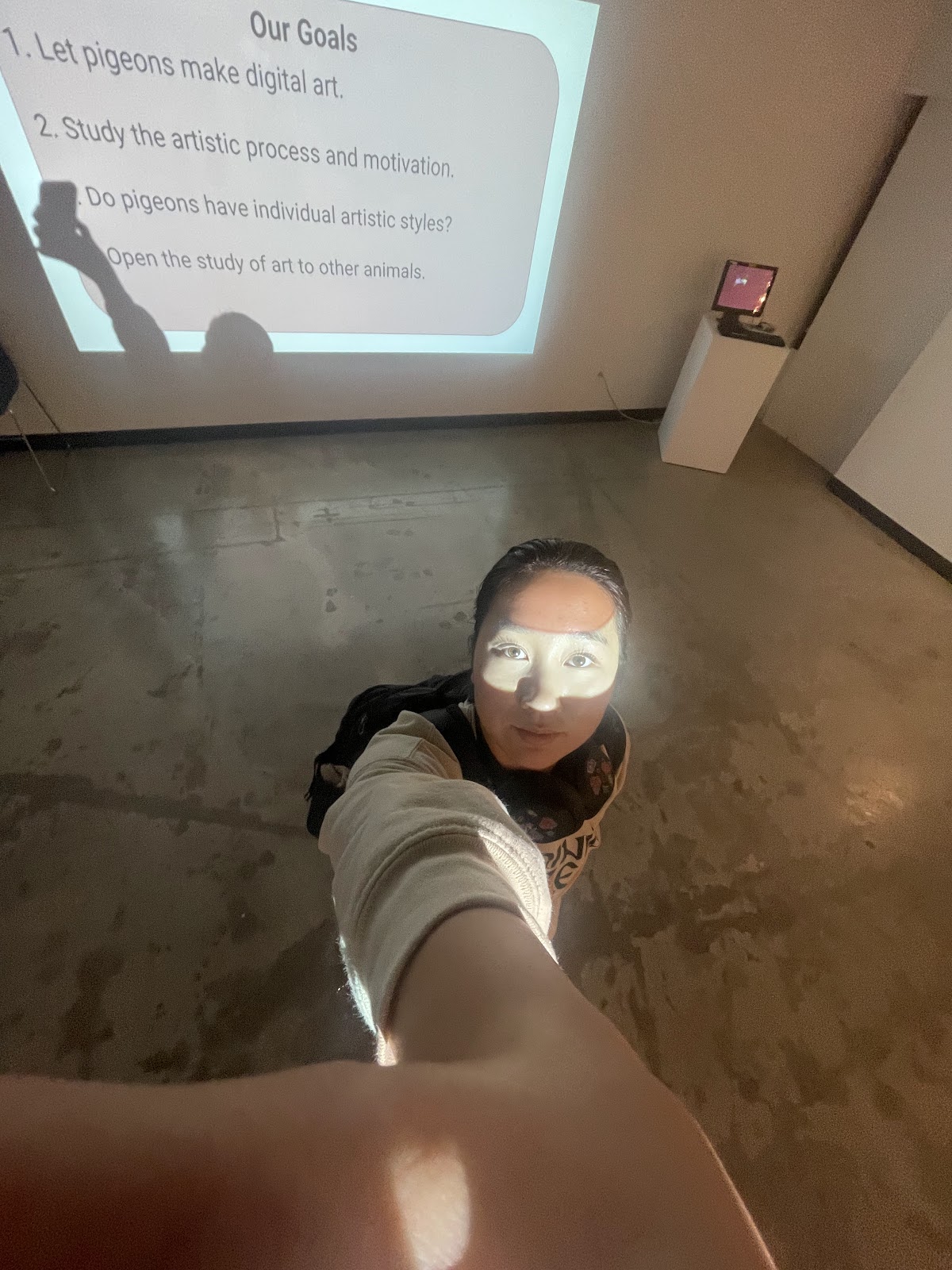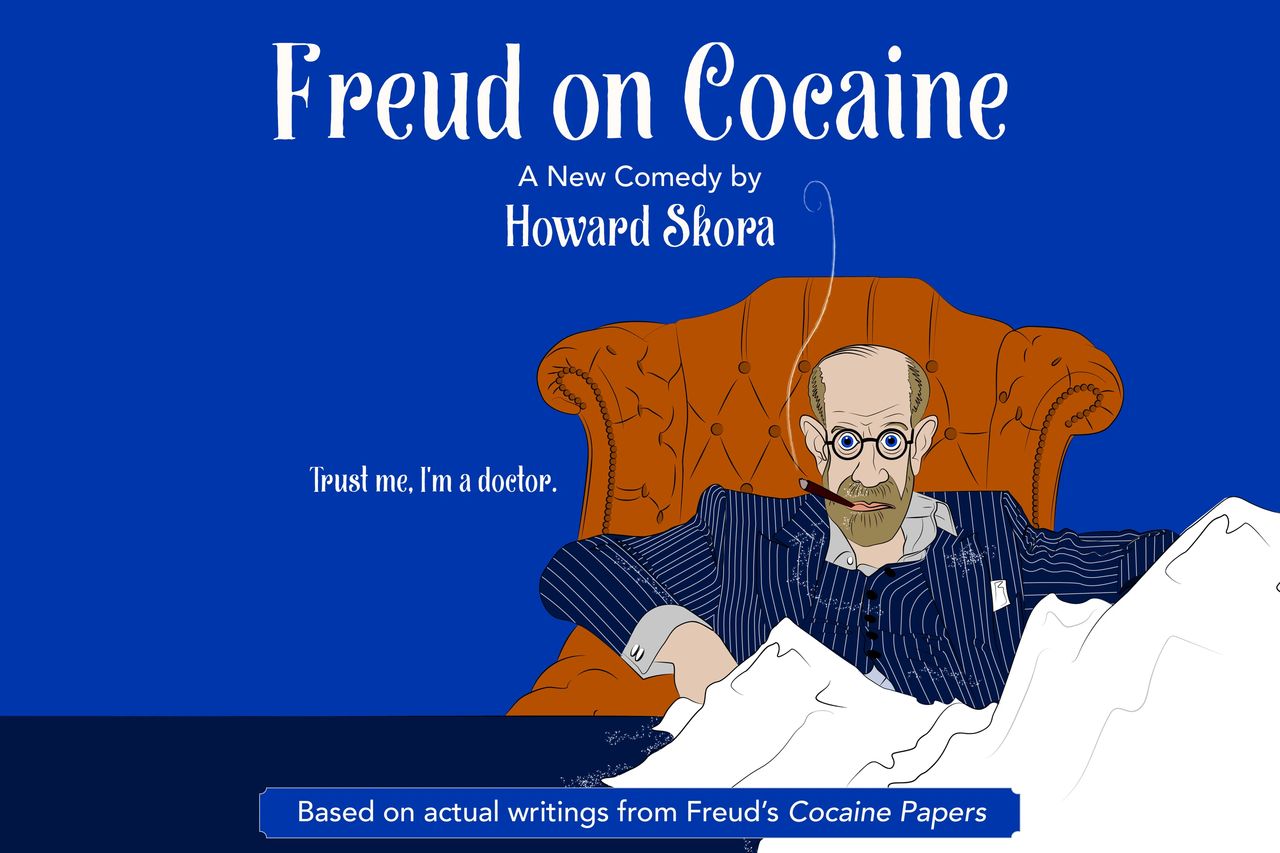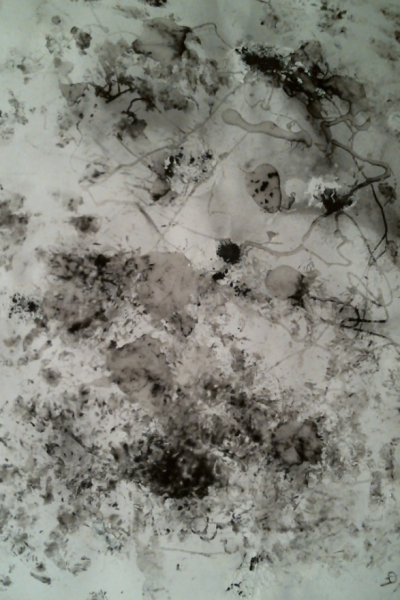For this week, it was fascinating to learn the origins of the visualizations from the solar system from Copernicus (Vesna pt1 1:55 - 4:01). From a modern perspective, it's interesting to learn about how early scientists viewed and explored space to understand how the influence of space changed art throughout time. Now, technology has advanced heavily to turn images and exploration of space into art. This is especially emphasized through the recent launch of the James Webb telescope which allows scientists to explore the Cosmic Dawn (NASA).
| An Image Captured by the James Webb Space Telescope (Source: https://encrypted-tbn0.gstatic.com/images?q=tbn:ANd9GcT5uzVdqt3Mzc1nmDqempWrMkPRscN3OKsffQ&s) |
In the context of space and art, I was also surprised that lectures referenced the cold war and the developments of nuclear weapons and ballistic missiles (Vesna pt2 2:40 - 6:25). It gave me a new perspective to see how space exploration and knowledge about space in general gave way to these developments and how they impacted people at that time in every aspect possible. On a similar note, the fascination with space carried on with the soviet satellite containing a dog (Vesna pt3).
 |
| Laika the Space Dog (Source: https://media.newyorker.com/photos/59fb65a52d0aaf4a81445779/master/pass/Wellerstein-Laika.jpg) |
Aside from the topics discussed in lecture, I was also interested to explore how space influences art and society in modern technology through AR/VR. It used to be impossible to see space without traveling through it yourself, but through new visualization and capturing technologies, normal citizens are now available to see what it's like to travel to space as if they were in the rocket themself (NASA). VR has even not taken an art form of its own to not only provide anyone the ability to see into space but also become training technology to allow the further exploration and inspiration of space.
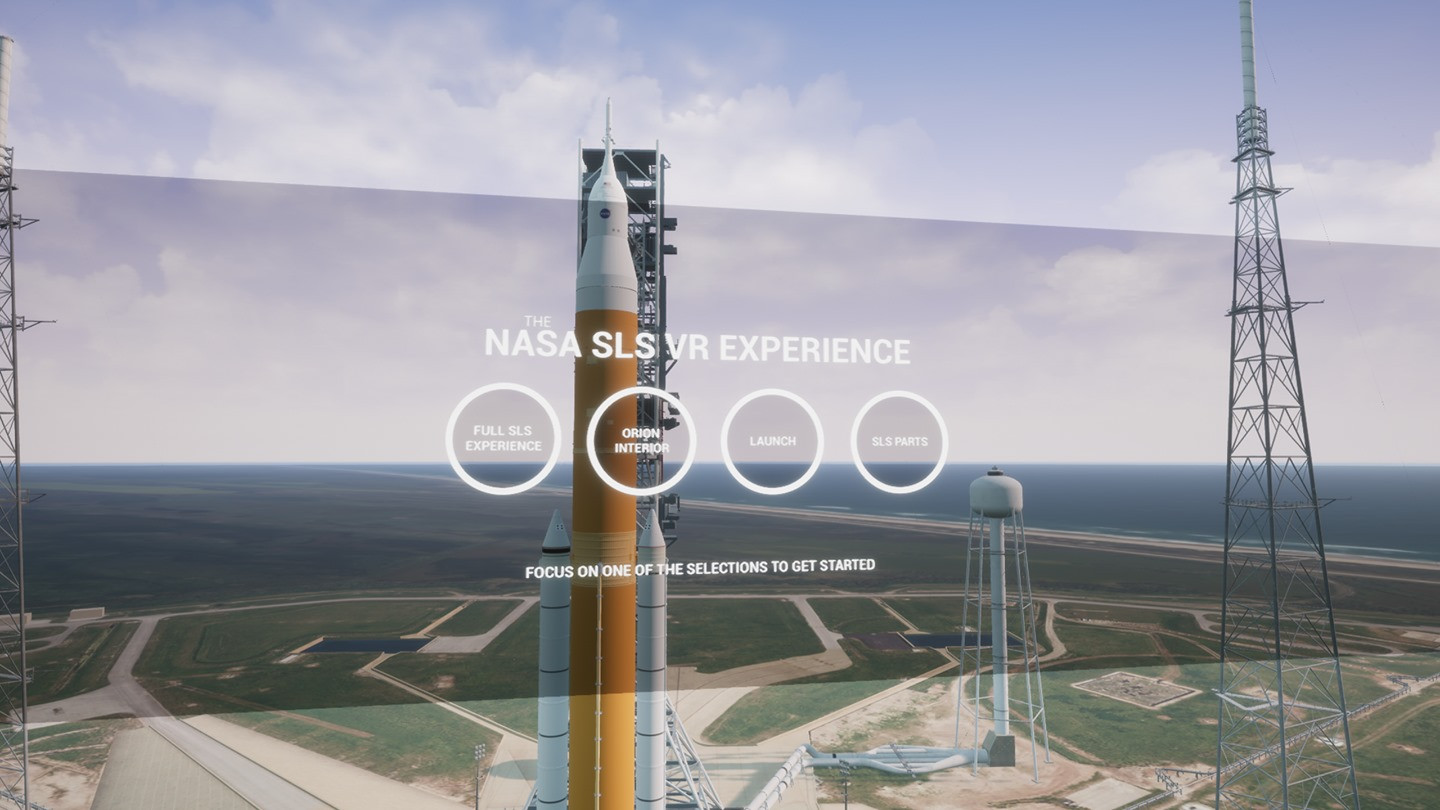 |
| PC Capture of the NASA VR SLS Tour (Source: https://www.realovirtual.com/files/images/10001-11000/10234/5f22886118cda.jpeg) |
"Free Virtual Reality Program: NASA SLS VR Experience." NASA, National Aeronautics and Space Administration, https://www.nasa.gov/stem-content/free-virtual-reality-program-nasa-sls-vr-experience/. Accessed 31 May 2024.
"James Webb Space Telescope." NASA, National Aeronautics and Space Administration, https://webb.nasa.gov/. Accessed 31 May 2024.
Vesna, Victoria. "8 space pt 1." YouTube, uploaded by UC Online, 29 July 2013, https://www.youtube.com/watch?v=6ZIqTR332l8
Vesna, Victoria. "8 space pt 2." YouTube, uploaded by UC Online, 29 July 2013, https://www.youtube.com/watch?v=hLZMDpoP-u0
Vesna, Victoria. "8 space pt 3." YouTube, uploaded by UC Online, 29 July 2013, https://www.youtube.com/watch?v=4WOqt_C55Mk&t=2s
"Visualize a Space Mission Using Virtual Reality." NASA International Space Apps Challenge, National Aeronautics and Space Administration, https://www.spaceappschallenge.org/2023/challenges/visualize-a-space-mission-using-virtual-reality/. Accessed 31 May 2024.

